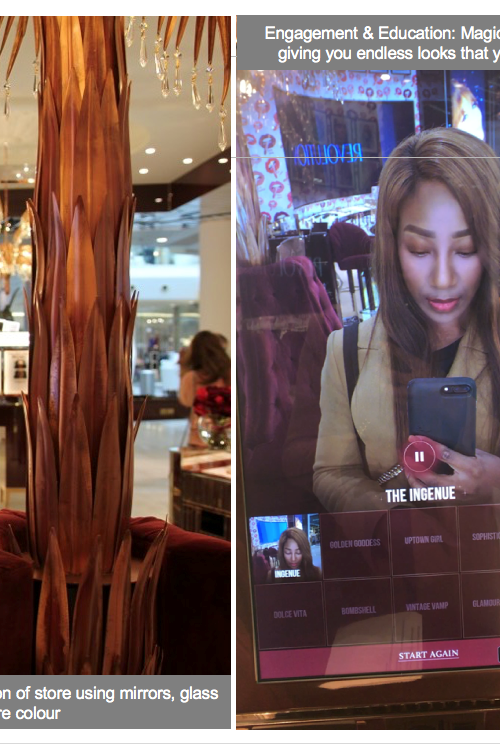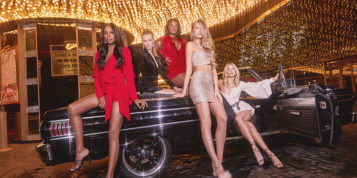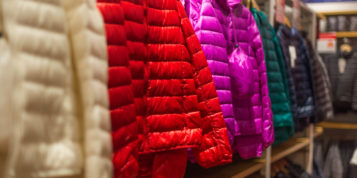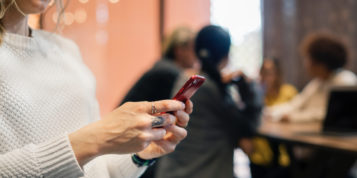The beauty sector is a highly competitive marketplace. Brands are taking different directions to stand out, aiming to attract new customers from their competition, and more importantly to hold on to those already loyal.
Cosmetics retailers are filled with consumers of all ages, trying on the latest products for their next glow night out or the best anti-aging cream. Whether wishing to look older or younger, consumers who flock to stores seeking beauty enhancement are really looking for added confidence. This is where beauty brands step in. There is a solution for everyone, regardless of their age, gender or complexion.
Beauty products are no longer a luxury after all, with more than two thirds of consumers admitting they are willing to purchase products even when watching spending. Brands that deliver on their promises, command precisely this kind of fierce loyalty. So how do beauty brands increase their market reach when switching to unproven products is quite the big deal, except for the inexperienced user?
From cutting edge tech that places experience over purchase to the deployment of experts that can offer advice, boosting human interaction for customers, brands across all sectors can learn a number of tactics to win retail.
Charlotte Tilbury is an experiential adventure that mainly draws in younger demographics but appeals to the curious of all ages.
The store is soaked in glamour, with upholstered velvet seating, lavish gilded mirrors lit by in-vogue chandeliers beneath a canopy of gold palms.
Beyond the ambiance, the flexibility of self-discovery is crucial to attracting shoppers instore. Magic mirror installations allow casual, fun and most importantly financial commitment-free exploration, while shoppers can also try on multiple makeover looks via AR, encouraging experimentation.
The beauty and skincare brand mixes education and entertainment to deliver the perfect instagrammable moments to share with their peers in real time.
High street stores are currently capitalizing on advisors. This is largely due to the fact that they enhance the store experience in a way that digital cannot replicate authentically. In order to stay on-trend and avoid the danger of the one hit wonder however, regular content updates are required to satisfy customers on future visits.
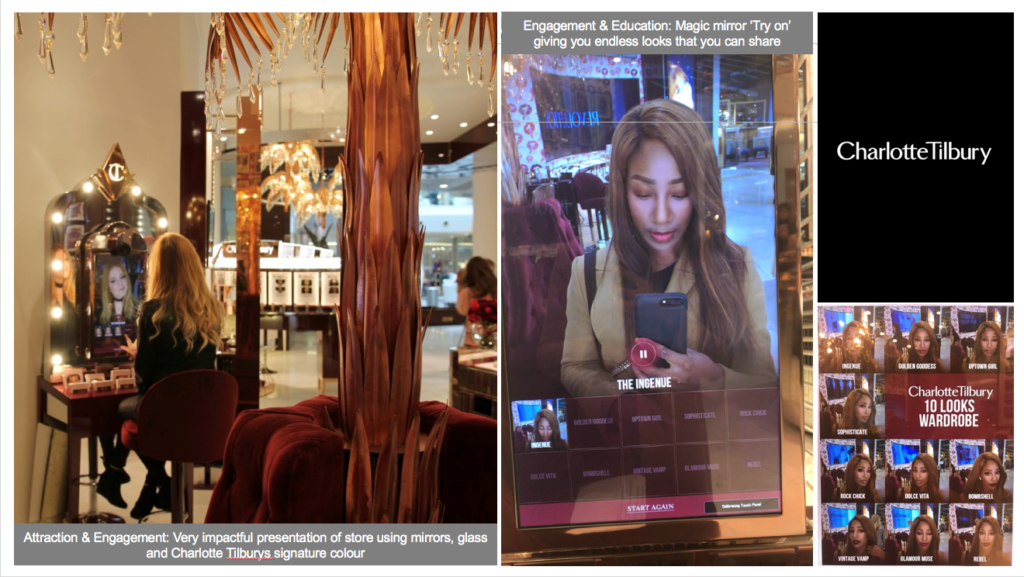
Max Factor, on the other hand, is an iconic brand with heritage credentials that make even disruptors green with envy. Known as ‘the makeup of makeup artists,’ it takes its cues from the film industry, with traditional glamour shots framed in lights and displays that echo the expanding makeup boxes that are the daily tools of professionals. This positioning has allowed the brand to maintain a consistent image in advertising and in store that has barely changed over recent years.
The iconic brand offers expert advice and tuition, which is desired by customers looking for trusted, long term solutions. Not only is it a great way to build personal relationships with consumers, but it allows for promotion of new products in a natural and trusted environment. They’re therefore in the position to significantly increase basket spend.
This kind of hyper personal attention is inevitably time and staff hungry and therefore, though fantastic for long term retention, can be off-putting for new customers. Younger consumers tend to be turned off, especially when products tested are expected to be purchased. In other words, the financial commitment can be daunting and can exclude casual browsers from converting to customers.

So, how can brands learn from the beauty sector to up their retail games?
To begin with, advisors, or brand ambassadors if you prefer, are by no means exclusive to the beauty sector and are a great way to establish in-house expertise. Brands from other sectors should come up with innovative ideas to integrate advisors to their retail environment. Apple was an early adopter, with their geniuses offering advice on products and how these can augment the consumer’s life.
Others, such as Google, take a more immersive approach. One needn’t look any further than their recent Pixel 3 activation at “Pixeldilly Circus” to see innovate ways of engaging consumers. By creating a discovery hub, complete with everything from a slide in place of a staircase and a pink launderette, Google drew in consumers without the need to push for sales.
The modern retail experience needs to encompass innovative store layouts, integration with interactive technology, and an element of immersion or theatrics to draw consumers in. Digital disruptors pose fierce competition to high street stores, but what the high street has over them is something that for the moment cannot be replicated online; human interaction. When combined with the possibilities of unique experiences, new discoveries and instore entertainment, the high street store can become a haven of sorts.
